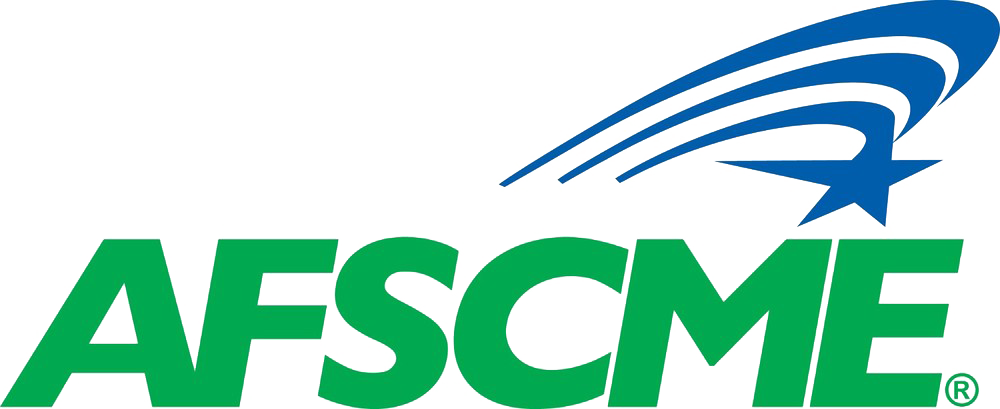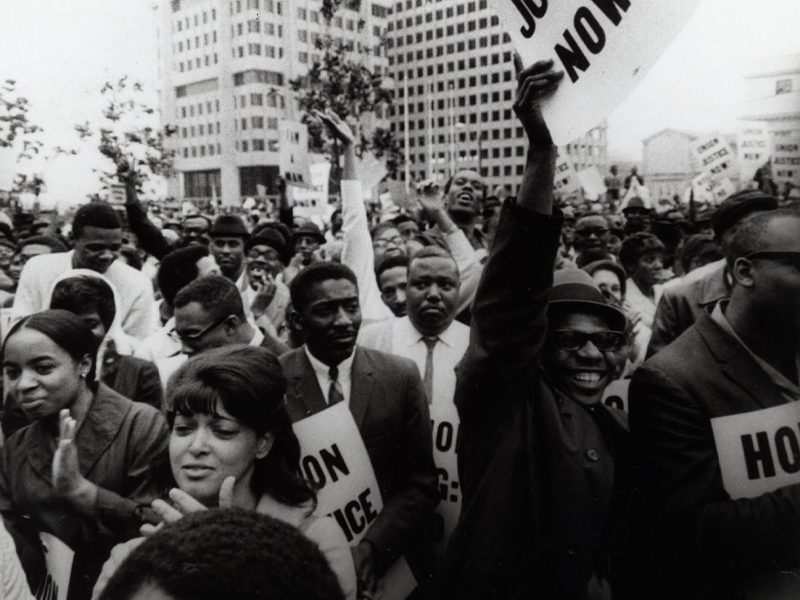The public sector has finally recovered from the COVID-19 pandemic. At the end of last year, there were 22,000 more public service jobs in the nation than in February 2020, just before the pandemic started.
This is cause for celebration for everyone in our communities, but especially for workers of color, who have been historically overrepresented in state and local government jobs.
AFSCME celebrated Black History Month last Friday with an event highlighting the importance of public service jobs for workers of color. Held at AFSCME headquarters in Washington, the event featured AFSCME President Lee Saunders; Valerie Wilson, who directs the Economic Policy Institute’s Program on Race, Ethnicity, and the Economy; and AFSCME staff who were involved in our union’s Staff the Front Lines initiative.
“For decades, jobs in public service have been a lifeline for African American families,” Saunders said. “These are good jobs that have provided decent wages and rock-solid benefits, including a pension when you retire. And Black people were able to access these opportunities at a time when doors were slammed in their faces in the private sector.”
Saunders said he knows this from personal experience, having been raised in Cleveland by a father who worked as a city bus driver. “We weren’t living on Easy Street by any means, but there was food on the table for dinner and a roof over our heads at night,” he said.
Historically, Wilson said, Black workers have found more attractive job opportunities in the public than in the private sector because governments have been quicker to adopt anti-discrimination and affirmative action measures. All these decades later, keeping good jobs in the public sector benefits workers of color, particularly Black women, even more so than other workers.
“A strong public sector … is a win-win for society as a whole,” Wilson said.
That is why AFSCME last year launched Staff the Front Lines (STFL), an initiative to help state and local governments find talented and passionate individuals to work in public service. AFSCME partnered with local governments in 17 cities nationwide to hold job fairs that attracted at least 2,000 applicants.
But the losses in the public sector date back to before the COVID-19 pandemic. If the number of public service workers in state and local governments had kept up with population growth since the Great Recession, the country would have 1.6 million more public service workers today.
And so there is more work to do. As part of the STFL initiative, AFSCME has released a host of policy recommendations to encourage state and local governments to boost hiring. Our union has also created a new AFSCME job training and development center to build a talent pipeline and support AFSCME affiliates as they seek to meet workforce development needs.
“Continuing to address understaffing – and doing it in an inclusive way, doing it in a way that advances the cause of racial justice – is going to be a big part of our work in 2024 and beyond,” Saunders said.

